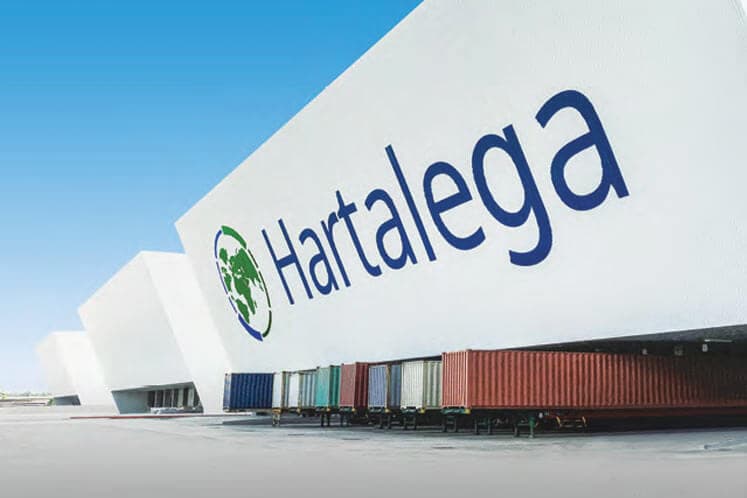
KUALA LUMPUR (May 19): Hartalega Holdings Bhd shares were under some selling pressure after the announcement of a lower annual net profit of RM434.78 million for the financial year ended March 31 2020 (FY20), versus RM455.18 million the year before, despite the hype around strong rubber glove demand as a result of the Covid-19 outbreak.
The stock opened at RM8.98 below yesterday’s closing of RM9.13, and it slid to an intraday low of RM8.56 in the first trading hour. It rebounded in the afternoon, but still it closed lower at RM9.01, down 12 sen.
Some attributed the drop in the share price to the fact that Hartalega’s latest financial results missed the street consensus.
The nitrile glove maker’s annual net profit of RM434.78 million for FY20 was only 96% of estimated earnings.
Analysts commented that the variance was largely due to a fair value loss on financial derivatives, mostly currency hedges amounting to RM37 million for the financials.
Beside, another disappointment to some was an increase in the company’s sales volume, which came in at 9%, not even a double-digit growth considering the outbreak of Covid-19 worldwide.
Nonetheless, the 9% growth in sales volume helped Hartalega to churn a record revenue of RM2.92 billion for FY20.
Analysts who track the company, which is currently valued more than some Malaysian banks, concurred on two things: Its capacity expansion is on track, with hikes in average selling prices (ASPs). But not all of them shared the same view on the hefty premium to the nitrile glove maker's valuation.
Firstly, analysts largely maintained optimistic stances on Hartalega’s Next Generation Integrated Glove Manufacturing Complex (NGC) capacity expansion plan, where additional installed capacity of 38.29% or 12.1 billion pieces will be added over the next two years.
As of the latest progress, Plant 6 with an installed capacity of 4.7 billion pieces (a 14.87% boost in existing production capacity) had entered operations, albeit in the infant phase, boosting Hartalega’s annual installed capacity to 38.1 billion pieces, and this is expected to increase to 43.7 billion pieces by FY22.
Secondly, most analysts have revised their computation in their financial models to factor in hikes in ASPs due to favourable supply-demand dynamics and arrived at higher earnings forecasts.
However, most were optimistic about Hartalega’s prospects but they differed in valuation.
RHB Investment Bank Research's Alan Lim expected Hartalega’s forward price-earnings (PE) to exceed its peak of 51.4 times due to the prospect of record earnings for FY21 and its premium status as the largest listed glove stock on Bursa Malaysia by market cap.
Lim, who reiterated a "buy" call on Hartalega, pegged his target price (TP) at RM11.80, the highest among all analysts, based on a PE valuation multiple of 52.5 times. He added that in the long run, Hartalega is a beneficiary of a long-term global growth in glove consumption of 8% to 10% per annum even without Covid-19.
On the other hand, DBS Research, which has the lowest TP of all, maintained its “fully valued” rating on Hartalega in view of its rich valuation. DBS has given a TP of RM5.95 (from RM5.05) based on a PE multiple of 34 times.
DBS believed that its current share price had priced in all the positive earnings drivers.
Historical valuation
Hartalega’s current PE multiple stood at 68.75, even higher than the PE multiple of around 40 times when it posted record annual profit for FY19.
Over the last twelve financial years, the glove maker’s PE valuation would somewhat peak prior to anticipations of a profit leap, capturing anticipations of restocking activities of global medical distributors – the biggest clients of glove makers.
It is undeniable that Hartalega’s PE valuation has been on an uptrend over the years, but it is also undisputable that it shows a clear cyclicality pattern.
Rich valuation could be justified by extrapolating the structural shift in glove consumption, but attractive industry prospects will inevitably draw competition that would ultimately affect favourable pricing.